Hitachi Energy is supplying static synchronous compensators to the second stage of a $132.8 million (USD 85 million) grid transformation project on New Zealand’s North Island, managed by the country’s grid operator, Transpower.
At the Ōtāhuhu substation which is a major node of high-voltage electricity lines and related infrastructure located 17 kilometres southeast of Auckland, Hitachi Energy will supply its SVC Light STATCOM (static synchronous compensator) to provide stability and voltage control to the system’s grid.
The SVC Light STATCOM technology increases power transfer capability by enhancing voltage stability to maintain a smooth voltage profile under different network conditions.
The second grid stability device, a ±150MVAr STATCOM to be installed at Ōtāhuhu substation uses power electronics to provide variable reactive power in response to voltage variations, supporting the grid’s stability while the energy mix evolves.
Hitachi Energy says its STATCOM technology operates according to voltage source converter (VSC) principles, combining unique PWM (pulse width modulation) with millisecond switching, and functions with a very limited need for harmonic filters, contributing to a small physical footprint.
As required, switched or fixed air core reactors and capacitors can be used with the VSC as additional reactive power elements to achieve any desired range.
Hitachi Energy Business Unit Grid Integration Vice President Australia and New Zealand Wayne Clay said the SVC Light® STATCOM is a proven technology for improving voltage support.
“Leveraging Hitachi Energy’s pioneering technology will help Transpower integrate renewables and maximize the value of assets on high-voltage electricity grids, thereby bringing clean and reliable power to all New Zealanders,” Clay said.
Transpower owns and operates the national grid in New Zealand, where electricity usage is forecast to grow by approximately 70% by 2050.
Transpower Executive General Manager Grid Development Matt Webb said voltage control in this region is a growing challenge due to the retirement of fossil-fuelled generation, a reduction in system inertia, and the real, projected growth in demand for electricity.
“The Ōtāhuhu STATCOM provides much-needed voltage support, which enables us to deliver power over relatively long transmission lines into Auckland, our largest metropolitan area,” Webb said.
“Since we began work on stage one of this project in 2021, the speed of change in the electricity landscape in the North Island has increased with greater electrification of industry and transportation, new data centres, and major new residential developments. All these factors have combined to trigger this investment sooner than originally anticipated.”
The installation of the Ōtāhuhu Dynamic Reactive Plant (DRP) follows Hitachi Energy’s successful commissioning of the Hamilton DRP (pictured), also a ±150 MVAr STATCOM, as part of the Waikato Upper North Island voltage management project.
The Hamilton DRP, operational since July 2023, was the first site to deploy a STATCOM technology solution in New Zealand of this scale.
This content is protected by copyright and may not be reused. If you want to cooperate with us and would like to reuse some of our content, please contact: editors@pv-magazine.com.
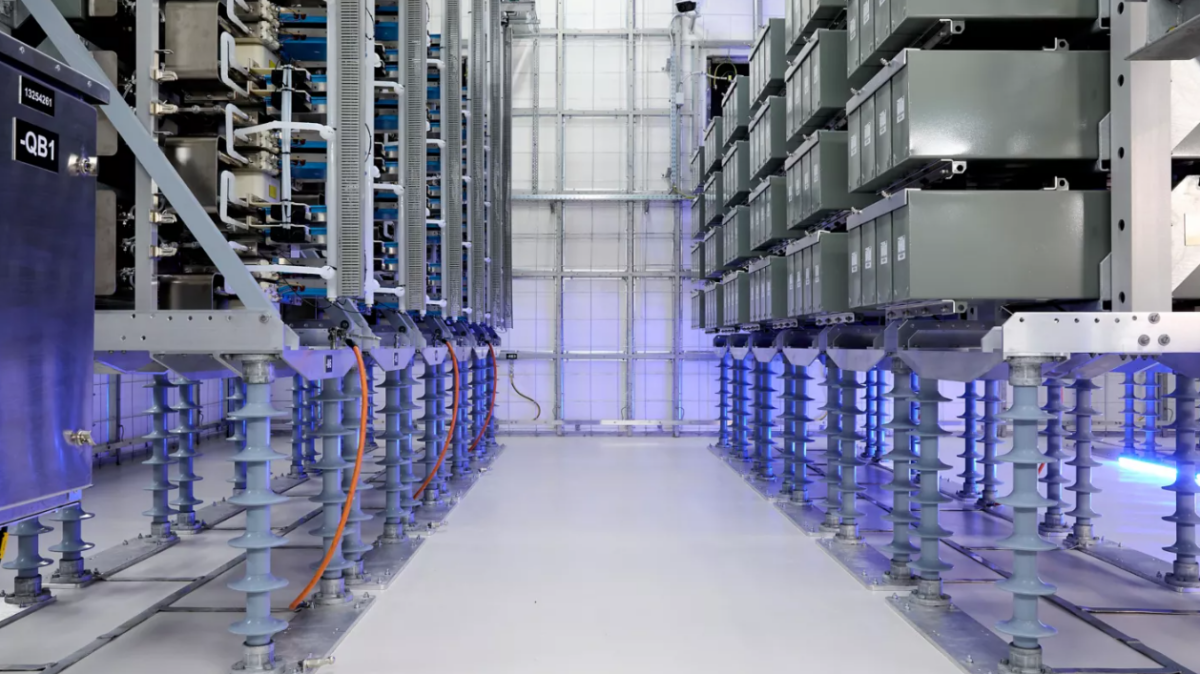
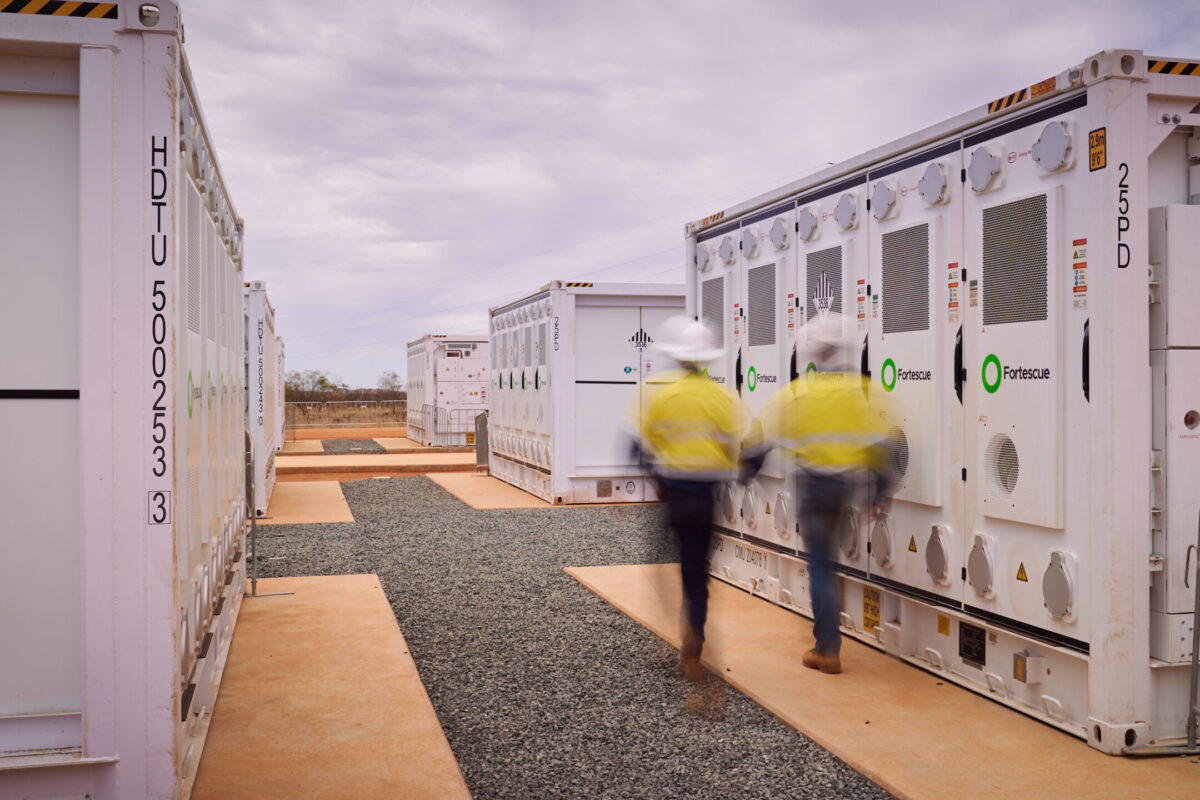


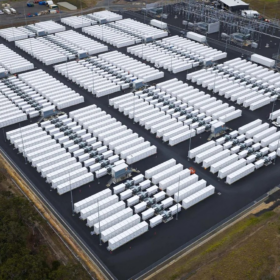
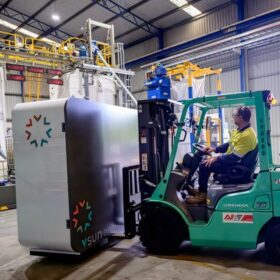
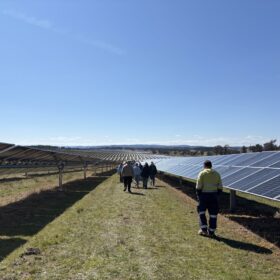
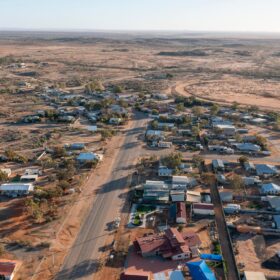
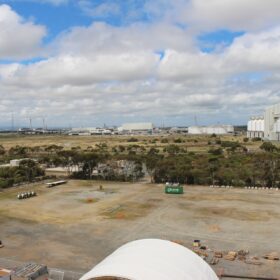
1 comment
By submitting this form you agree to pv magazine using your data for the purposes of publishing your comment.
Your personal data will only be disclosed or otherwise transmitted to third parties for the purposes of spam filtering or if this is necessary for technical maintenance of the website. Any other transfer to third parties will not take place unless this is justified on the basis of applicable data protection regulations or if pv magazine is legally obliged to do so.
You may revoke this consent at any time with effect for the future, in which case your personal data will be deleted immediately. Otherwise, your data will be deleted if pv magazine has processed your request or the purpose of data storage is fulfilled.
Further information on data privacy can be found in our Data Protection Policy.